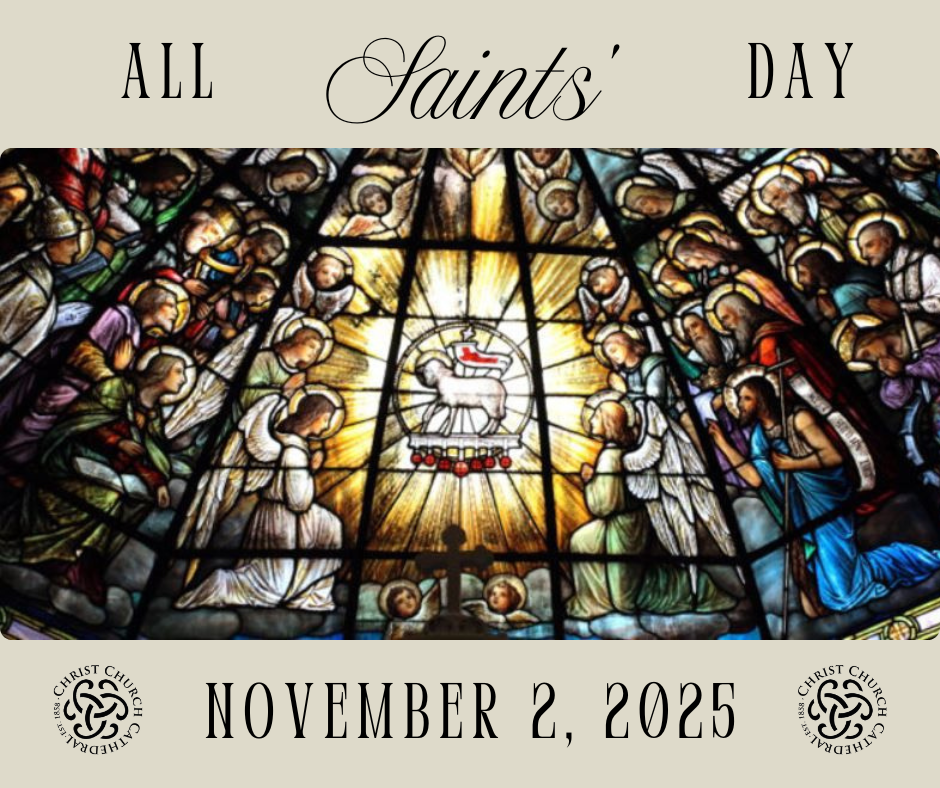News
We're excited to launch a new ministry this season: Holiday Food Box Drive!
Starting with Thanksgiving, we're providing complete holiday meal boxes to 100 local families who need them most. Each $40 box contains everything a family needs for a full, abundant holiday dinner they can pick up and prepare at home.
This is how we're living our mission to serve our neighbors with dignity and compassion during the holidays when food insecurity hits hardest.
How you can help:
- Donate funds - Every $40 feeds one family
- Donate food items - Drop off unopened, unexpired items from our list
- Share this campaign with friends and family
- Pray for the families we'll serve
Any funds raised beyond our Thanksgiving goal will provide Christmas meal boxes. This is our first year, and we're grateful to have you as part of making it possible.
Together, we're setting 100 tables this holiday season.

Service Schedule
Sunday
Rite II with Eucharist service – 9:00 AM;
In person, Zoom and Facebook live.
Click here to join Sunday morning Zoom service
Holy Days – Eucharist as announced in the Weekly Update





